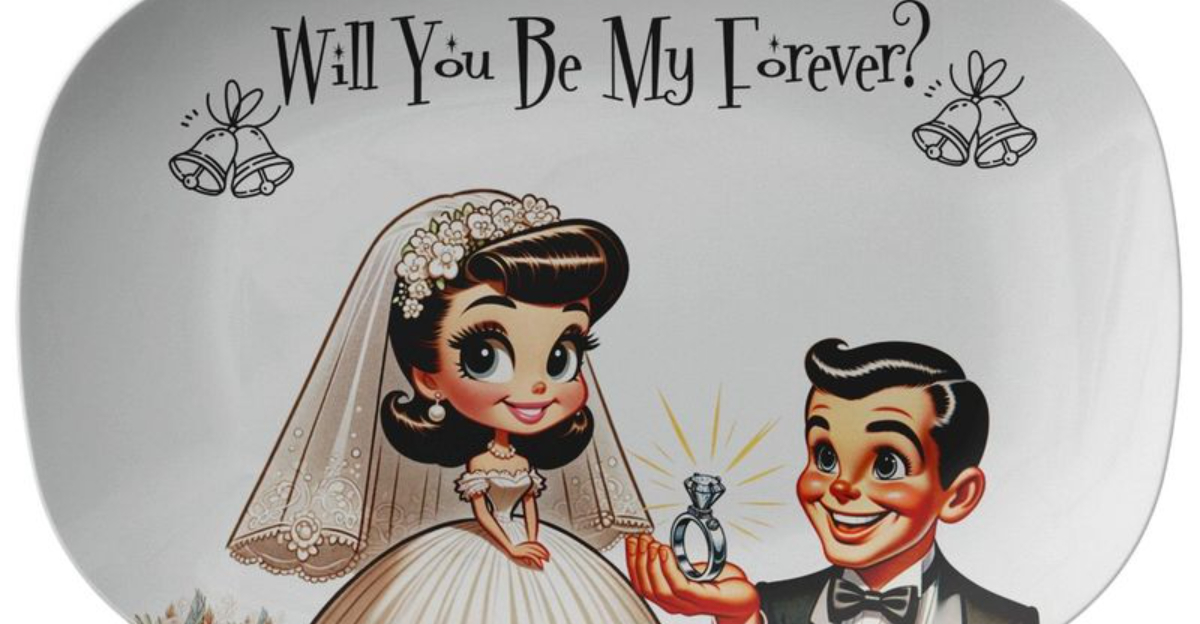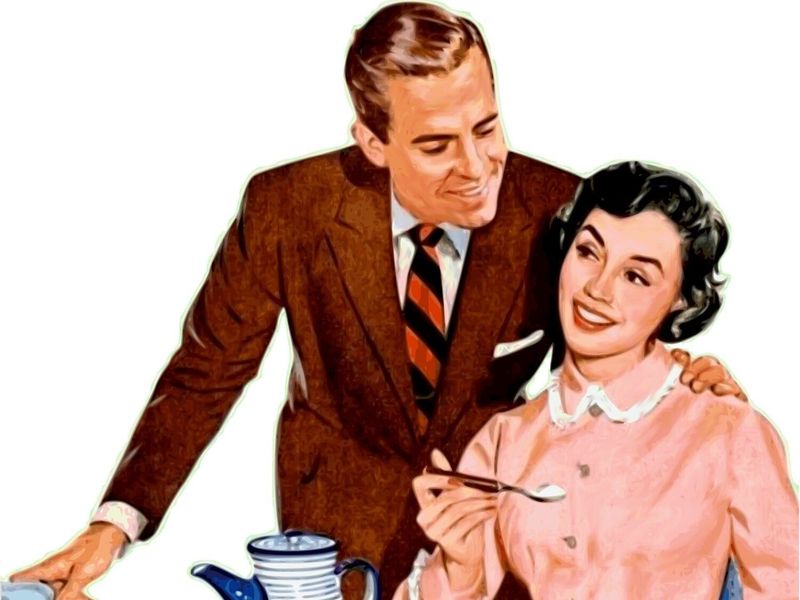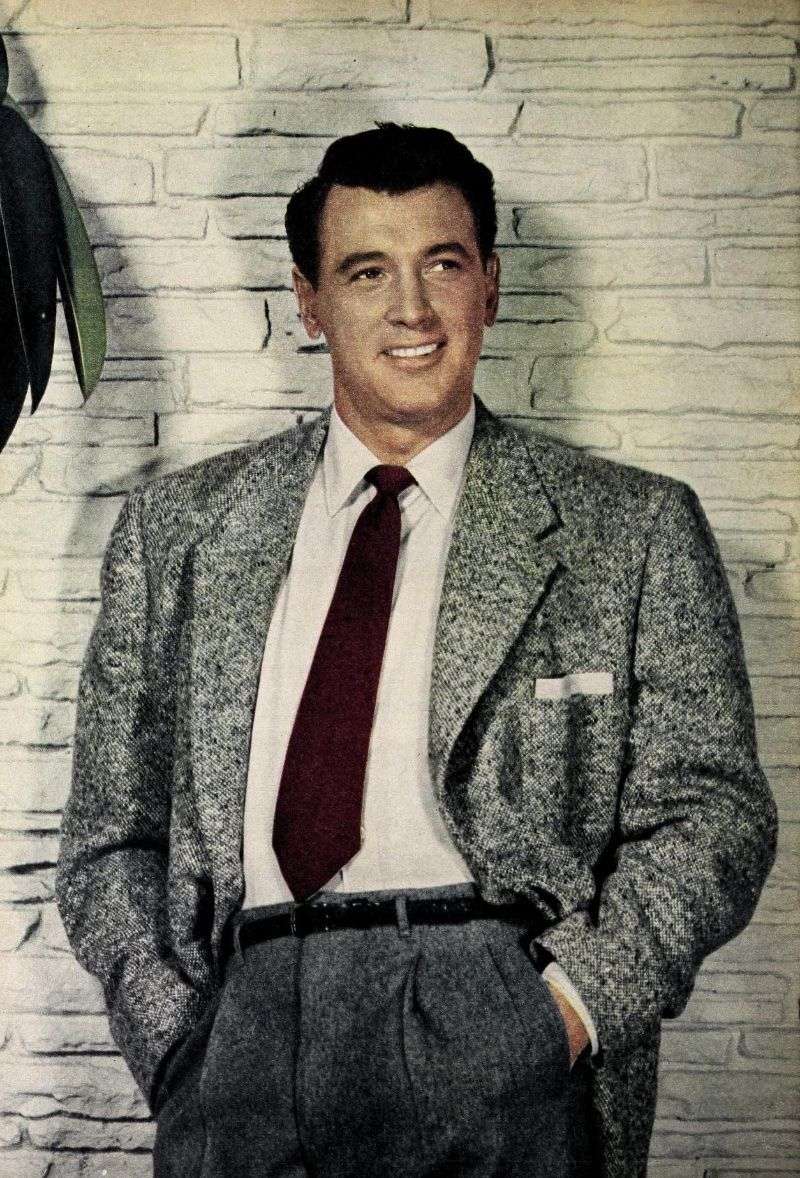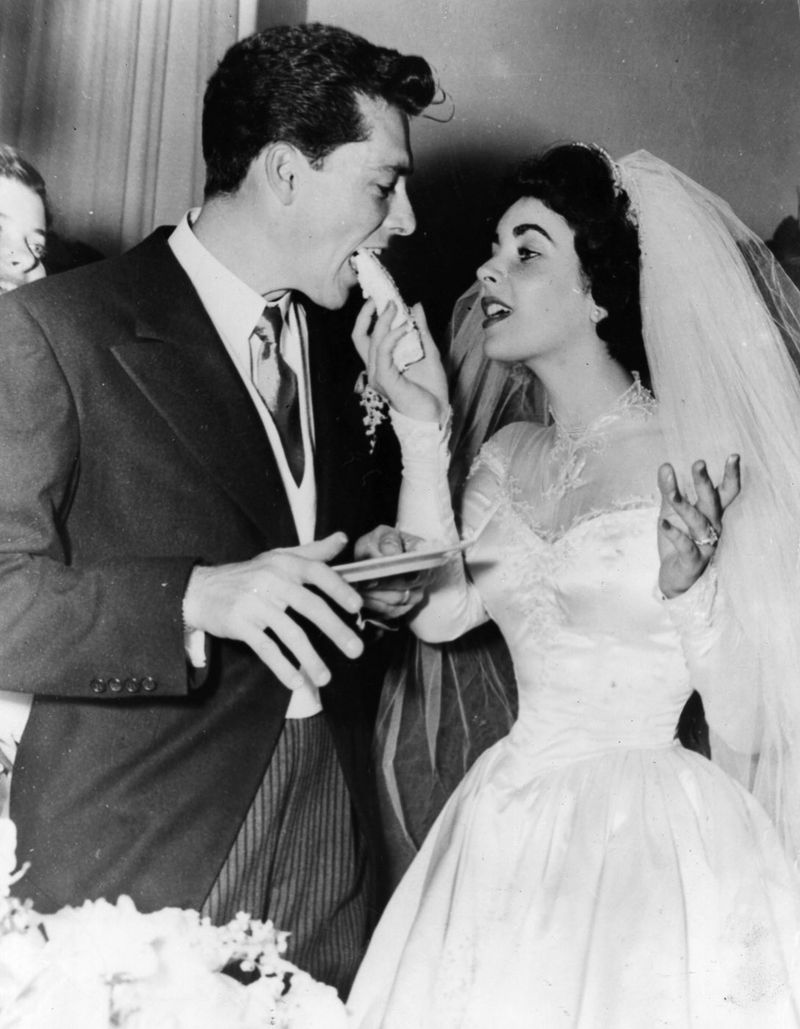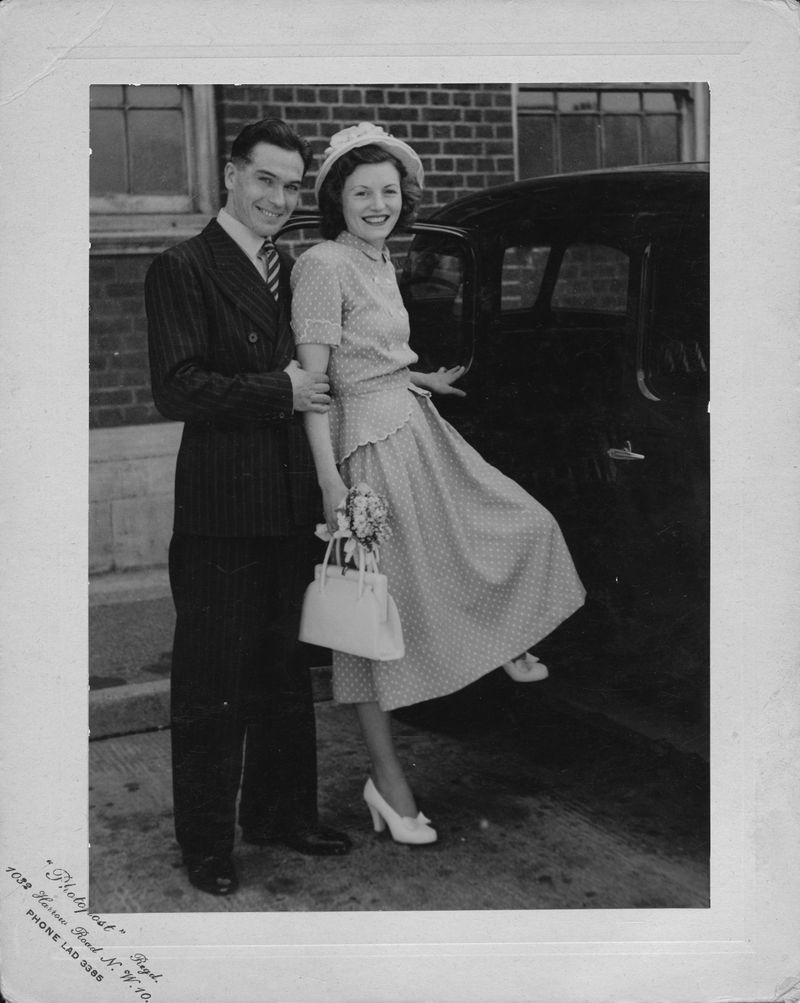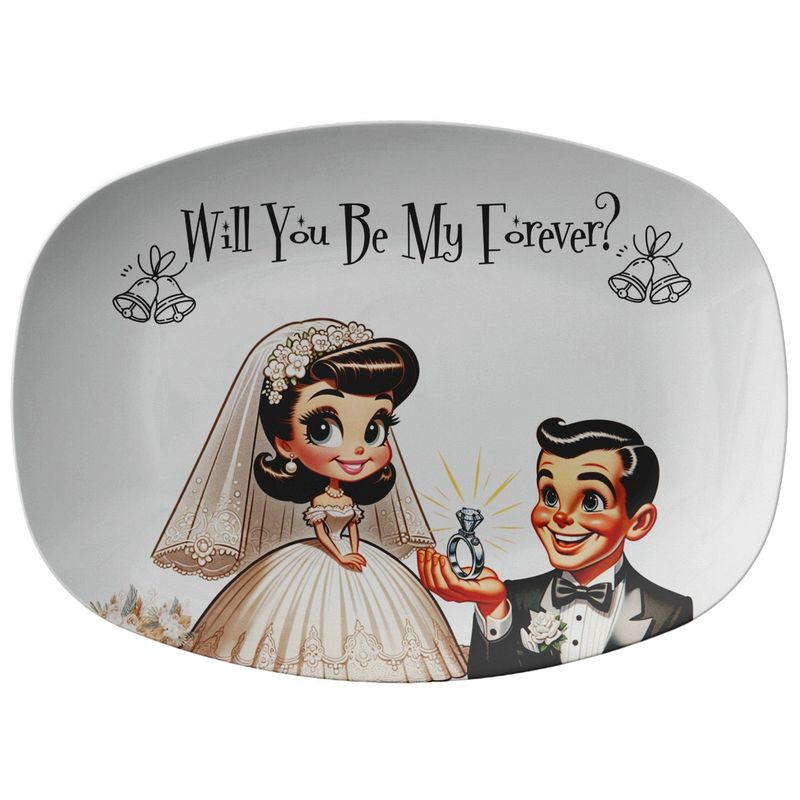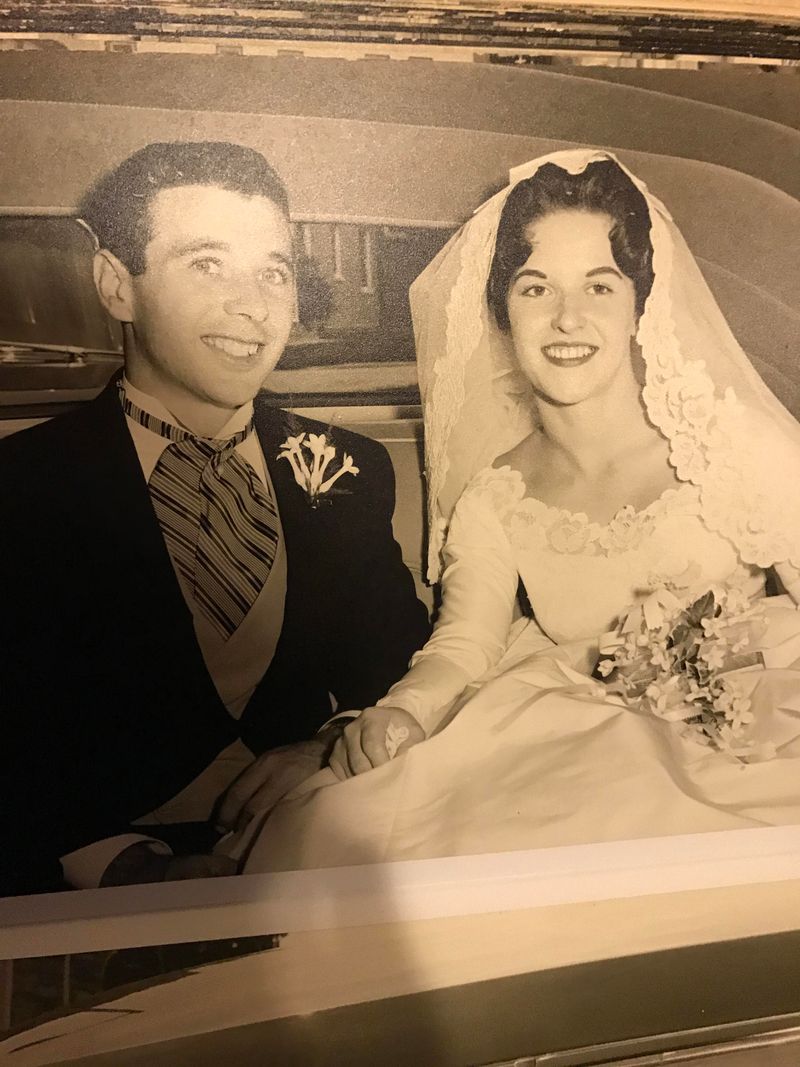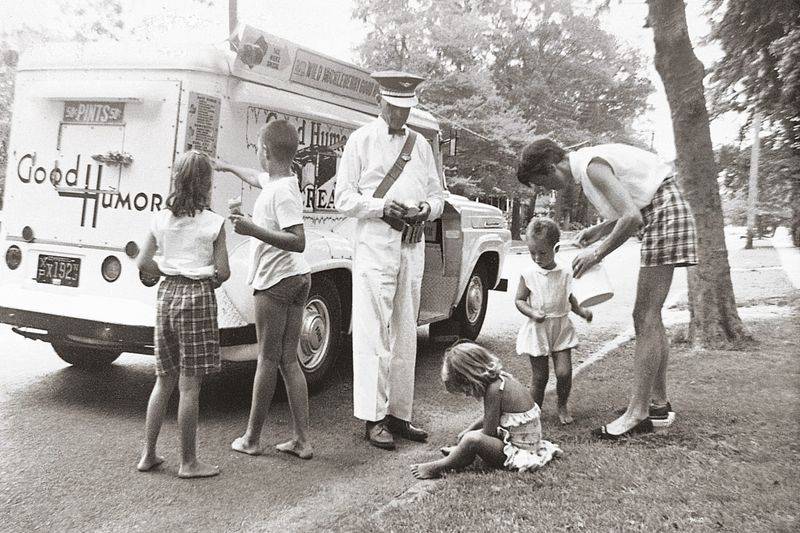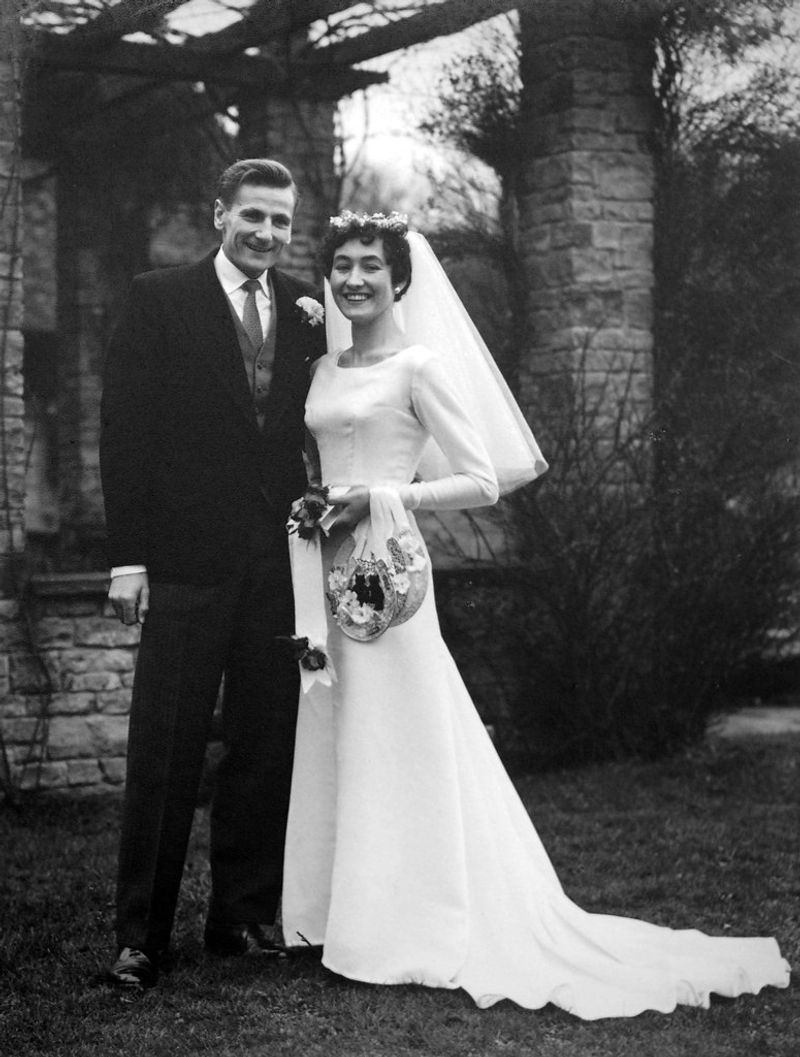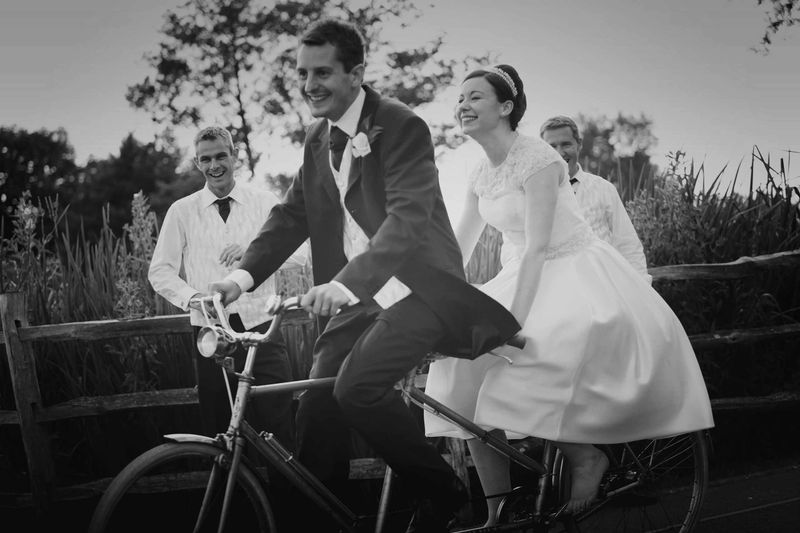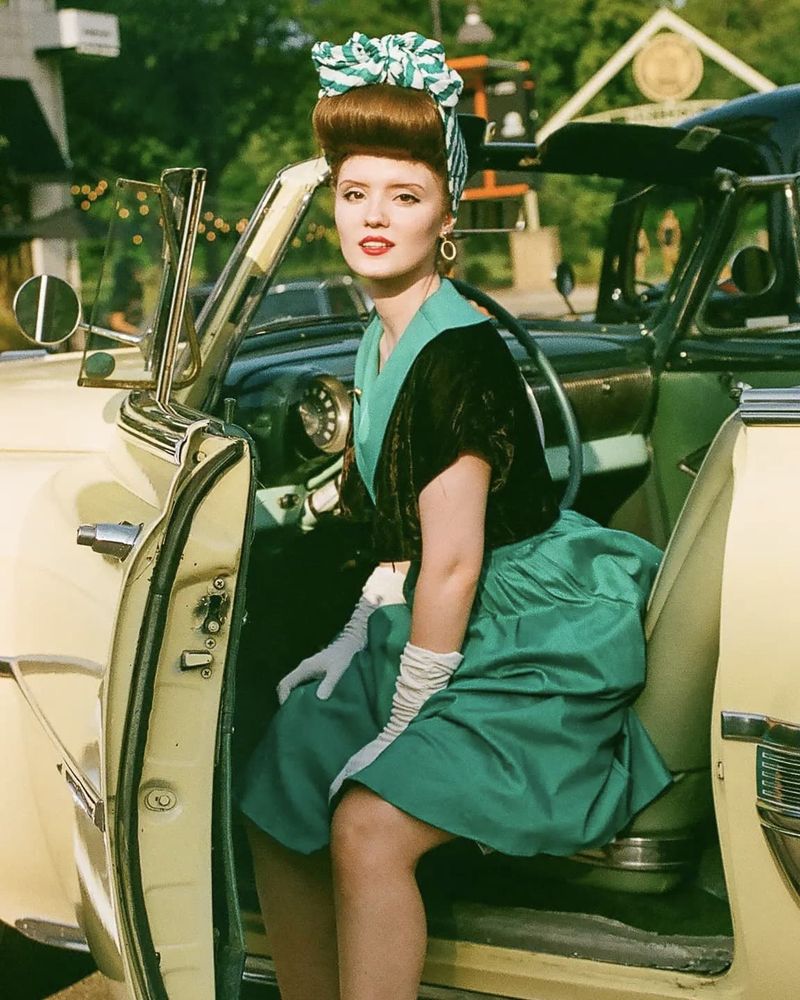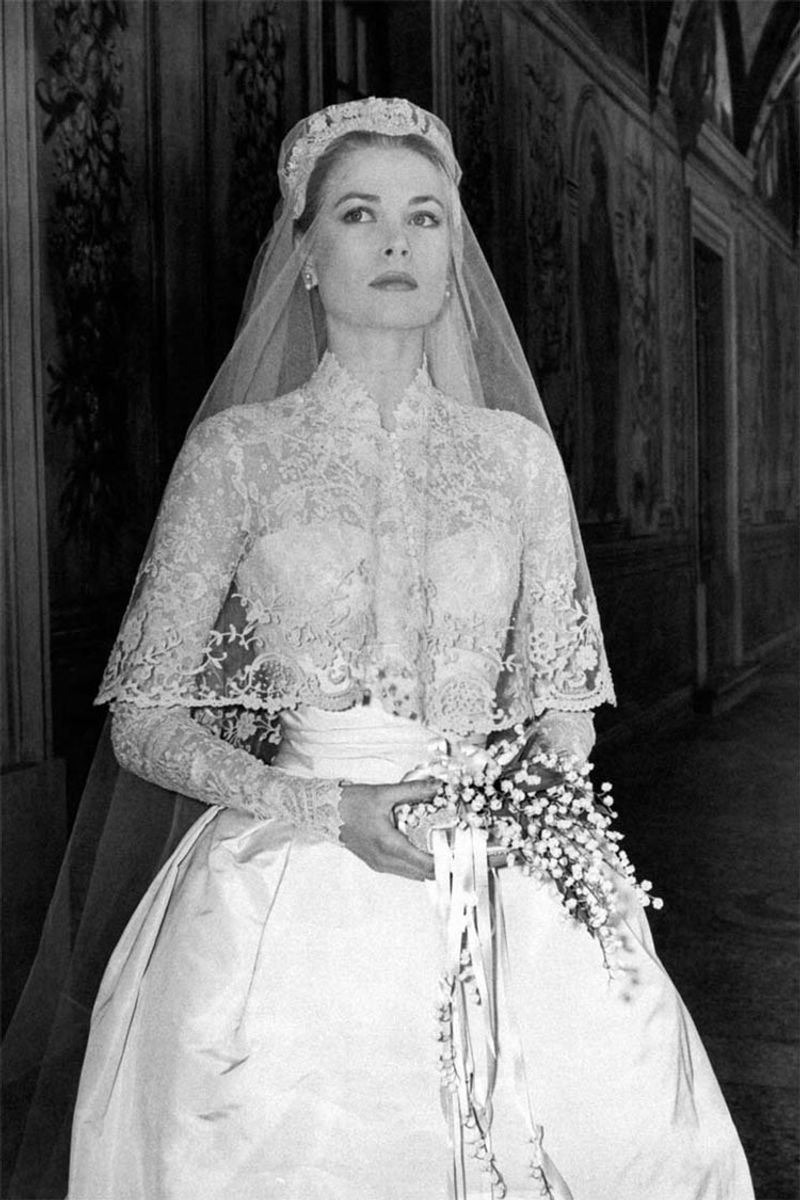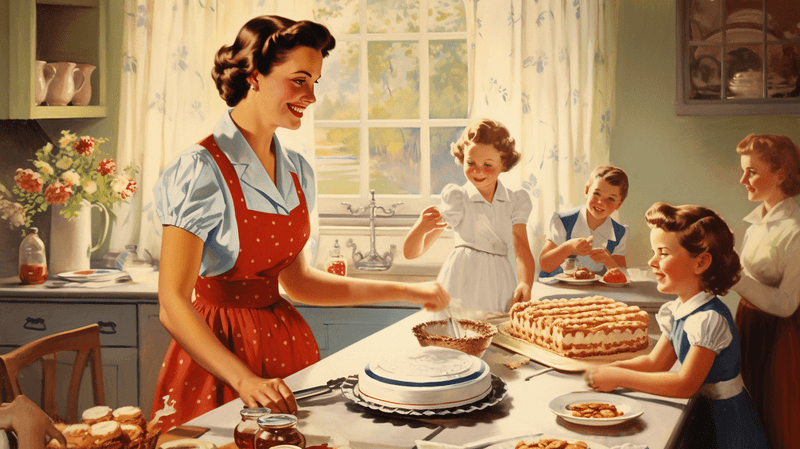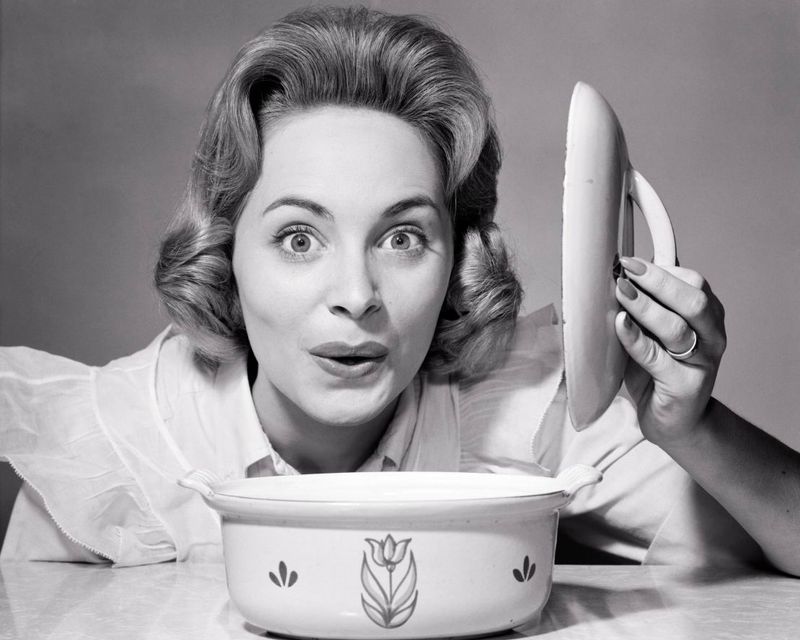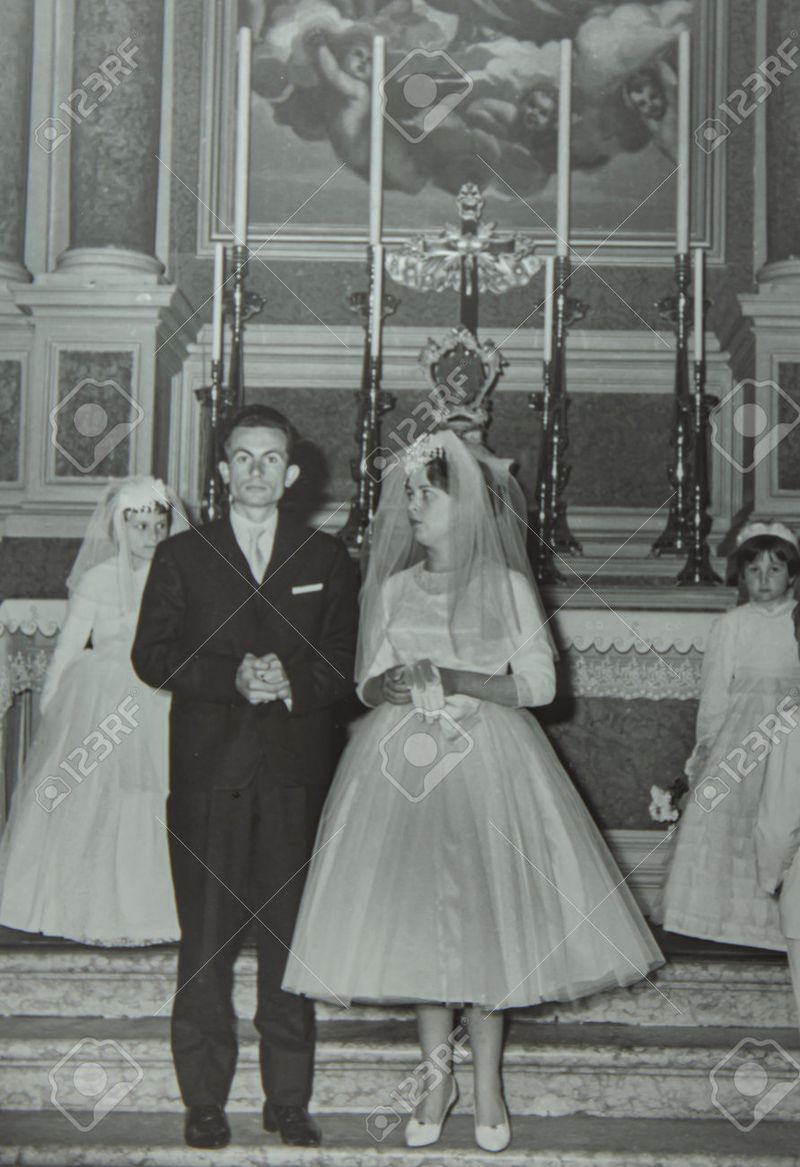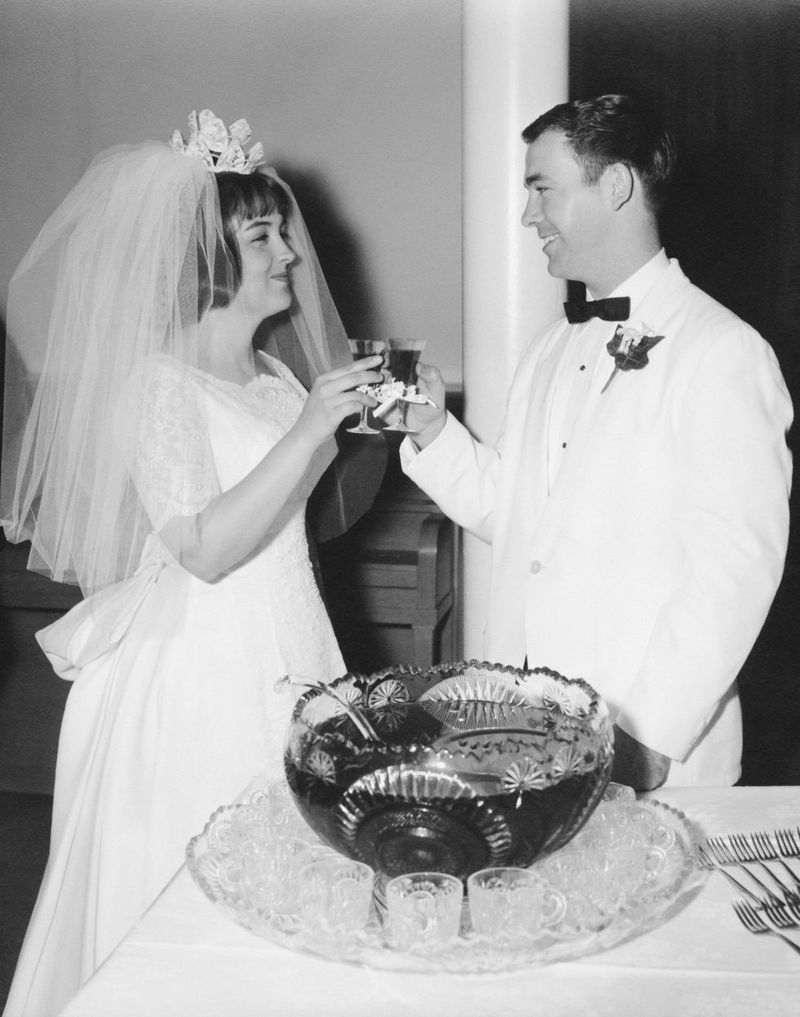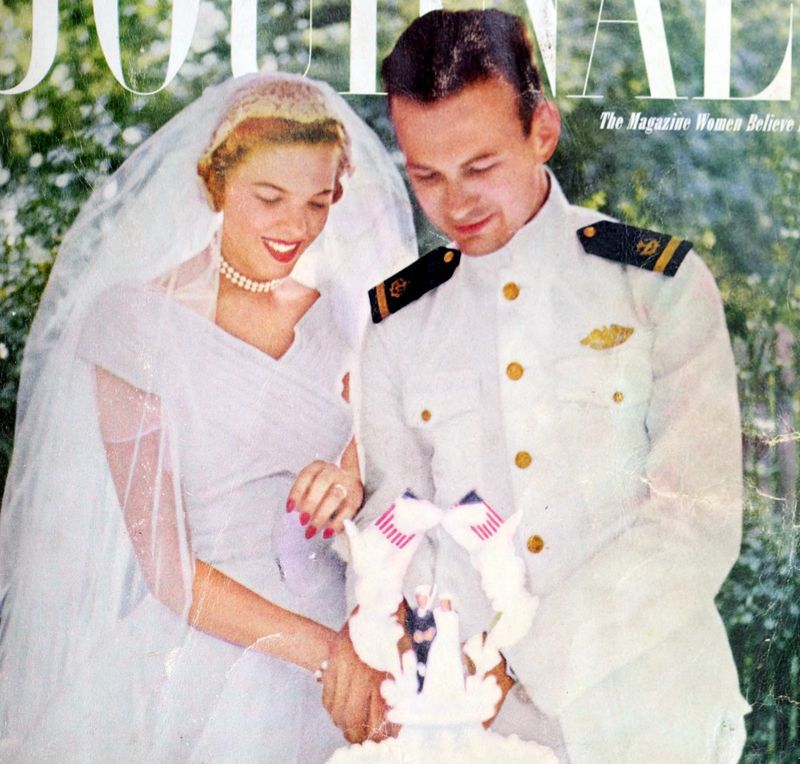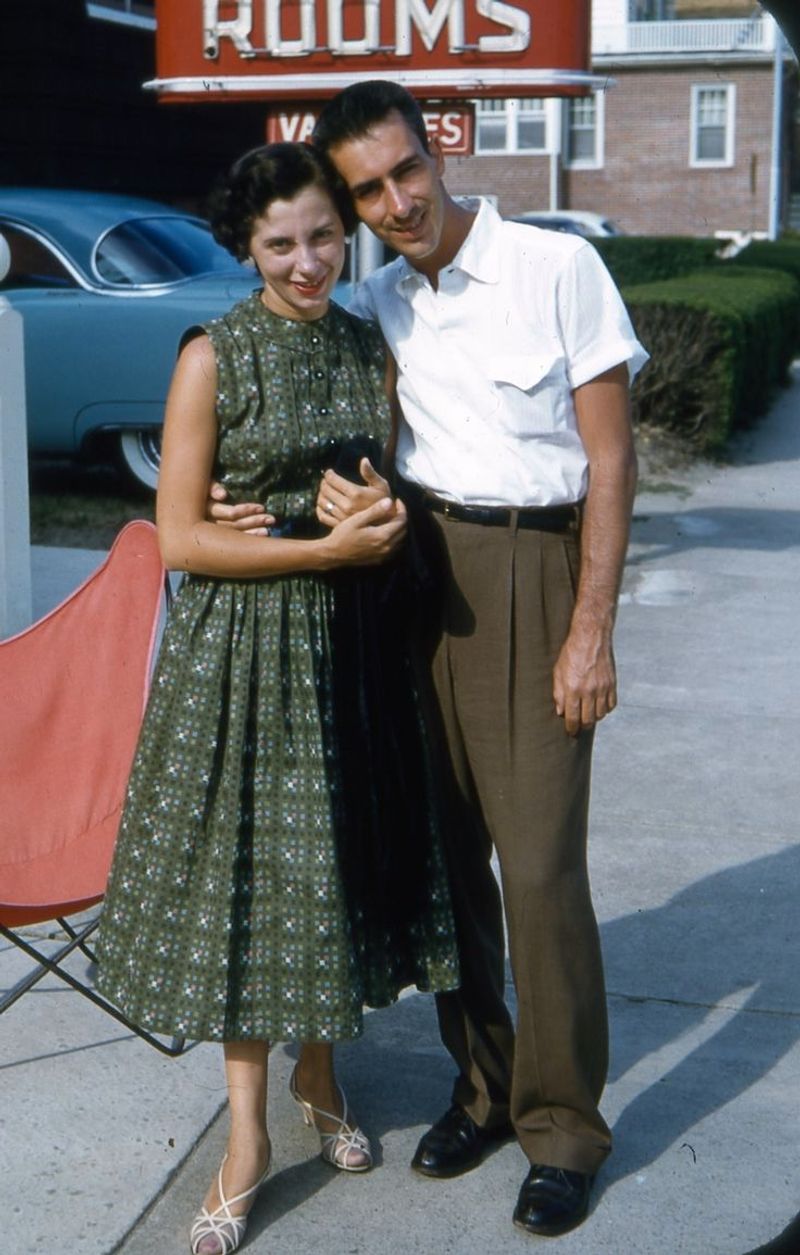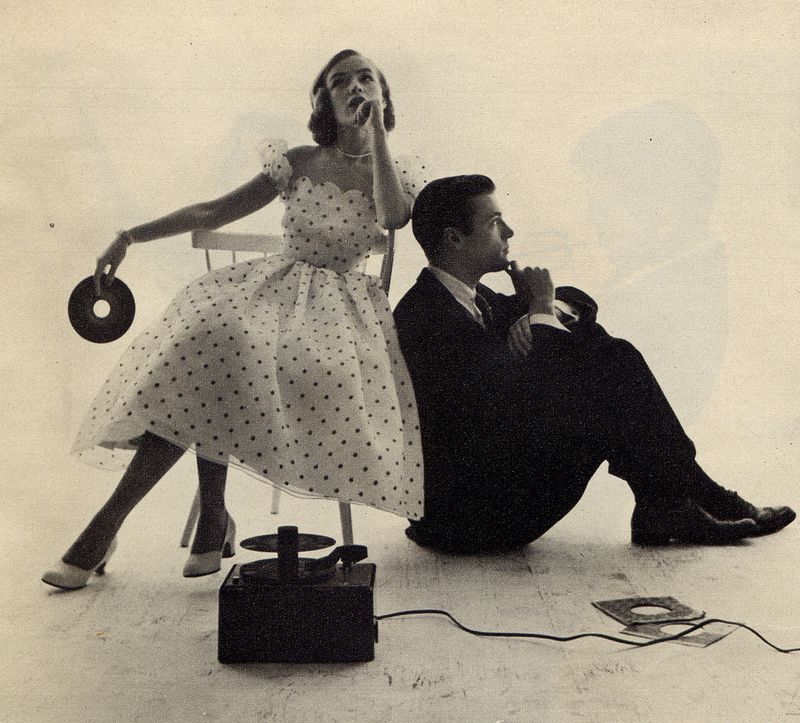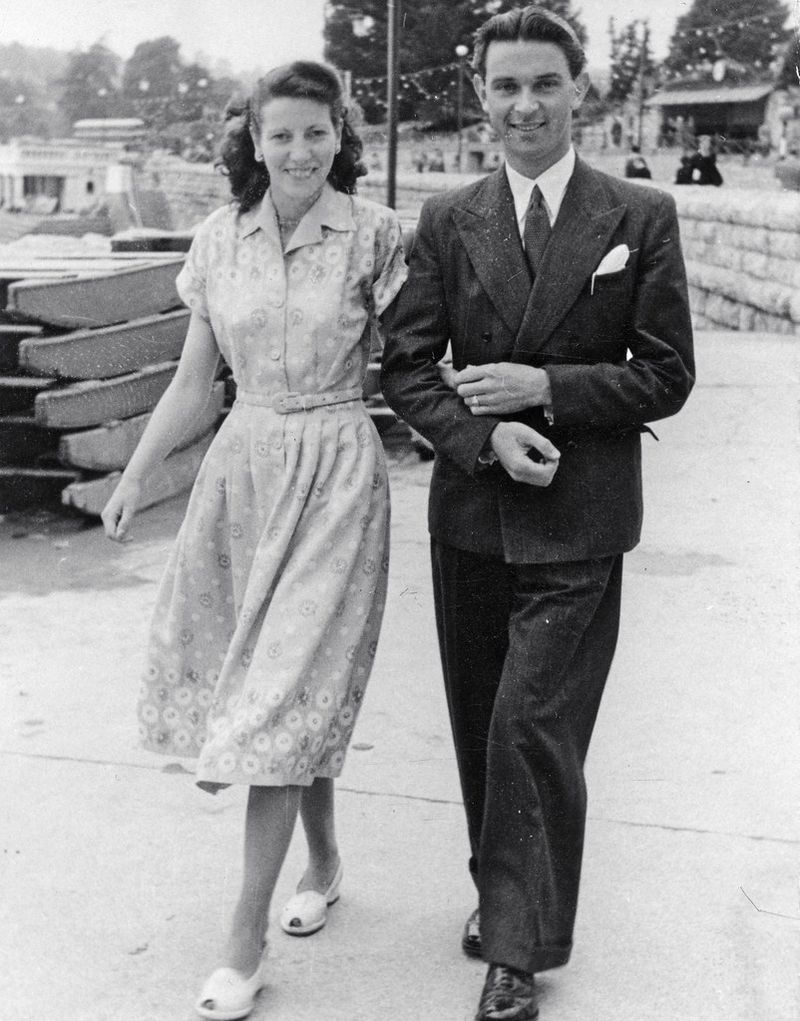Explore how societal perceptions of marriage have evolved since the 1950s.
Many ideals once held dear are now seen as outdated, with contemporary society embracing new values that promote equality and partnership.
Below, we revisit 20 marriage concepts from the 1950s that no longer resonate today.
1. The Woman Stays at Home
In the 1950s, women were predominantly expected to be homemakers. Society emphasized their role in cooking, cleaning, and managing the household while men worked outside. This dynamic was seen as the norm, often leaving women with unfulfilled personal ambitions.
Today, more couples share responsibilities, with both partners often working full-time jobs. The shift towards equality allows women to pursue careers and personal goals without stigma.
The change highlights a more balanced partnership, supporting mutual growth and understanding, rather than confining roles based on gender.
2. Marriage is a Social Obligation
During the 1950s, marriage was frequently viewed as a social requirement. Individuals felt pressure to marry by a certain age, often prioritizing societal approval over personal readiness. This led to many unions based more on obligation than love.
Today, marriage is seen as a personal choice, reflecting genuine commitment rather than societal pressure. People now marry later or choose not to marry at all, focusing on compatibility and mutual understanding.
This evolution has fostered healthier relationships, as individuals prioritize personal happiness and compatibility over meeting societal expectations.
3. Men are the Breadwinners
The 1950s reinforced the idea that men should be the primary earners. This expectation placed immense pressure on men while limiting women’s opportunities to contribute financially.
In modern times, dual-income households are common, and many women are primary earners. This shift promotes financial independence and balance within relationships.
Couples today often share financial decisions, creating partnerships based on mutual respect and cooperation. The outdated view of men as sole providers no longer aligns with today’s diverse family dynamics.
4. Divorce is a Taboo
In the 1950s, divorce was highly stigmatized. Many couples stayed in unhappy marriages due to societal pressure and fear of judgment. Divorce was seen as a personal failure.
Today, divorce is more accepted as a means to pursue personal happiness and well-being. Societal attitudes have shifted to support individual fulfillment over maintaining appearances.
While divorce is still a significant life event, it is no longer viewed as taboo, allowing individuals to seek healthier and more satisfying relationships.
5. Marriage is Forever
The belief that marriage should last forever was prevalent in the 1950s. This ideal often overshadowed personal happiness and growth, trapping individuals in incompatible situations.
Today, many understand that relationships can evolve, and sometimes parting ways is the best option. This perspective emphasizes personal growth and happiness over rigid adherence to outdated norms.
Modern relationships prioritize compatibility, communication, and respect, allowing individuals to make decisions that foster their well-being.
6. The Man Proposes
Traditionally, the proposal was solely the man’s responsibility in the 1950s. This custom reinforced gender roles and often left women waiting for their partner to act.
Today, proposals are more about mutual agreement and shared decision-making. Both partners can initiate the conversation, reflecting modern views on equality.
This change encourages open communication and partnership, rather than conforming to outdated gender norms.
7. Separate Gender Roles
In the 1950s, strict gender roles dictated that men were providers and women were caretakers. This division often limited personal growth and opportunities for both genders.
Modern relationships embrace fluid roles, allowing individuals to pursue interests and responsibilities that suit their unique partnership. The shift encourages equality and collaboration.
Today, couples often share responsibilities, creating a more dynamic and supportive environment that values each partner’s strengths and preferences.
8. Marriage is Defined by Children
Having children was seen as a central purpose of marriage in the 1950s. Couples often felt pressured to start families, sometimes without considering personal desires or readiness.
Today, many couples choose not to have children, focusing instead on their relationship and personal goals. This choice is respected and accepted in modern society.
The decision to have children is now a personal matter, reflecting individual values and circumstances, rather than a societal mandate.
9. Privacy is Sacrificed
The 1950s perspective often ignored personal privacy in marriage, with the belief that couples should share everything. This lack of boundaries sometimes led to tension and resentment.
Modern marriages recognize the importance of personal space and privacy. Couples today often respect each other’s individuality, fostering trust and understanding.
This evolution highlights the value of balance between togetherness and personal independence, enhancing relationship satisfaction and harmony.
10. Marriage Fixes Problems
Many in the 1950s believed marriage could solve personal problems or loneliness. This misconception often led to unrealistic expectations and disappointment.
Today, there is a greater understanding that marriage requires effort and communication. It is not a solution but a partnership that thrives on mutual support and growth.
Couples now seek to build strong foundations before marriage, recognizing the importance of self-awareness and personal development.
11. The Wife Must Submit
Submission of the wife to her husband was a common expectation in the 1950s. This dynamic often limited women’s voices and autonomy within the marriage.
Modern relationships champion equality and mutual respect, valuing each partner’s voice and contributions. This shift fosters healthier dynamics and empowers individuals.
The outdated notion of submission has been replaced by partnership, where both individuals work together to achieve shared goals and happiness.
12. Marriage is a One-Time Choice
The idea that marriage was a one-time, unchangeable choice was strong in the 1950s. This belief often hindered people from considering divorce or remarriage, even when unhappy.
Today, people recognize that life circumstances change, and so can relationships. Divorce and remarriage are more accepted, reflecting personal growth and adaptability.
Modern perspectives embrace change, allowing individuals to seek happiness and fulfillment as life evolves.
13. Marriage Equals Happiness
The 1950s promoted the notion that marriage was synonymous with happiness. This often placed unrealistic pressure on couples to appear perfect, even if they were unhappy.
Today, happiness is seen as an individual responsibility, not solely tied to marital status. Couples focus on building supportive and fulfilling partnerships that enhance their lives.
The shift recognizes that happiness comes from within, and a healthy marriage complements an individual’s well-being rather than defining it.
14. Women Shouldn’t Work After Marriage
In the 1950s, societal norms dictated that women should leave the workforce after marriage. This limited women’s career opportunities and financial independence.
Today, women continue to work and pursue careers after marriage, contributing to family finances and personal fulfillment. This shift reflects changing attitudes toward gender roles and equality.
Modern partnerships support individual aspirations, allowing both partners to thrive professionally and personally.
15. Marriage is All About Sacrifice
The 1950s idealized the notion that marriage required constant sacrifice, often at the expense of personal happiness. This led to unbalanced relationships where one partner’s needs were prioritized.
Today, relationships focus on compromise and balance, recognizing the importance of meeting both partners’ needs. Couples work towards mutual satisfaction and growth.
The modern view embraces personal fulfillment within the partnership, fostering a healthier and more supportive environment.
16. Couples Should Always Agree
In the 1950s, conflict in marriage was often discouraged, promoting the idea that couples should always agree. This led to suppressed emotions and unresolved issues.
Today, healthy disagreements are seen as part of a strong relationship. Open communication and conflict resolution are valued skills that strengthen partnerships.
Modern couples understand that differing opinions can coexist, leading to deeper understanding and intimacy.
17. Marriage is an Achievement
The 1950s often portrayed marriage as a personal achievement, marking adulthood and success. This perspective sometimes ignored individual aspirations and personal growth.
Today, marriage is seen as a partnership choice rather than a milestone. Individuals focus on personal development and relationship compatibility before tying the knot.
The modern approach values marriage as a collaborative journey, not merely an endpoint to be reached.
18. The Husband Leads the Household
Traditionally, the husband was considered the head of the household in the 1950s. This hierarchical structure often marginalized women’s voices and contributions.
Today, partnerships emphasize equality, with both partners contributing to decision-making and leadership. The evolving dynamic supports collaboration and shared responsibilities.
Modern households thrive on mutual respect and teamwork, where each partner’s input is valued.
19. Marital Issues Stay Private
In the 1950s, couples were expected to handle marital issues privately, often avoiding outside help. This secrecy sometimes prevented resolution and growth.
Today, seeking support from therapists or counselors is encouraged, recognizing the value of external perspectives. Open discussions about relationship challenges are more accepted.
The shift towards transparency and support strengthens relationships, promoting healthier and more open communication.
20. Unconditional Acceptance
The belief in unconditional acceptance of a partner was strong in the 1950s, often overshadowing personal boundaries and growth. This expectation sometimes led to unhealthy dynamics.
Modern relationships value individual growth and mutual respect, understanding that change and adaptation are natural. Partners are encouraged to communicate needs and boundaries.
The contemporary approach fosters healthier dynamics, where both partners work towards fulfilling and evolving relationships.
